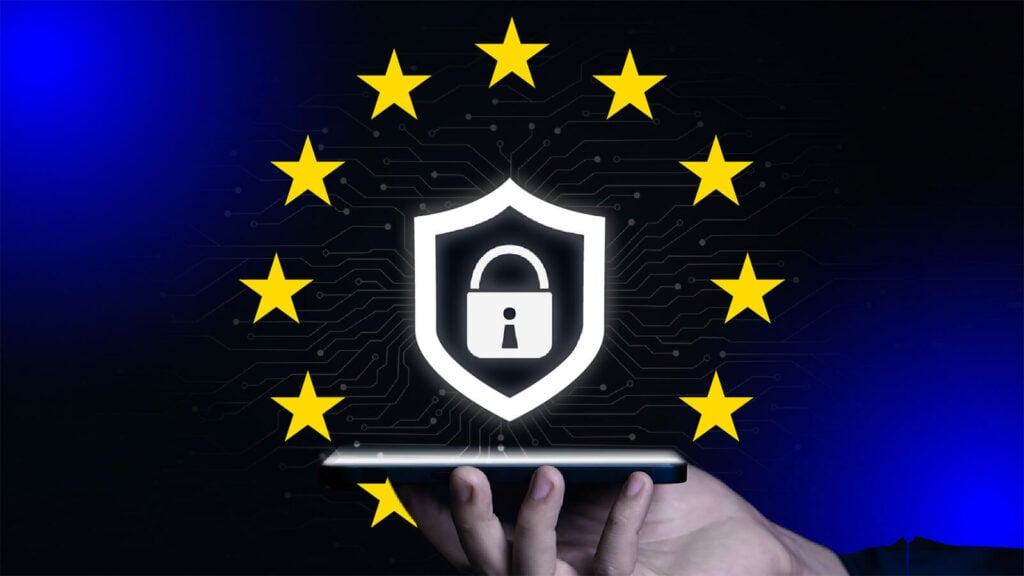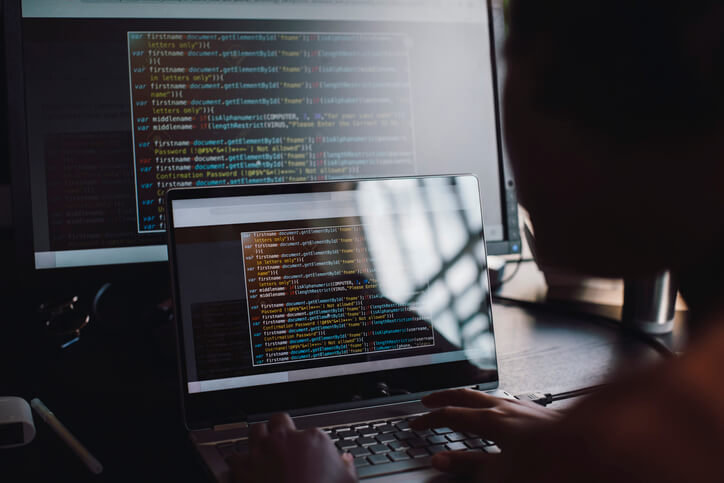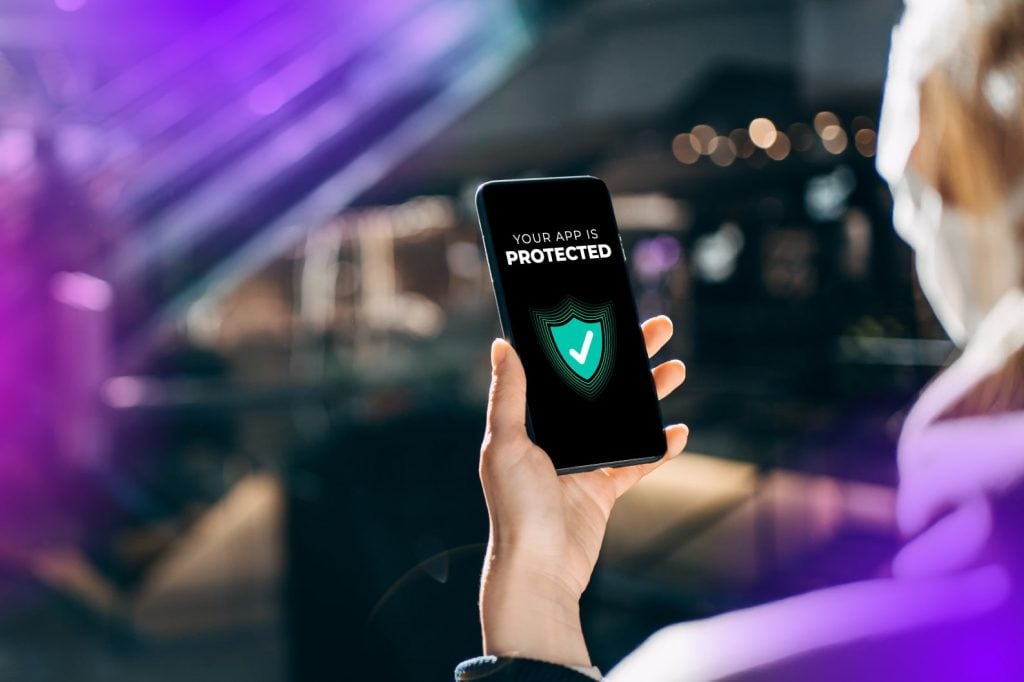Almost everything we do today has gone digital. From telemedicine and instant payments to streaming media and mobile banking, nearly every aspect of our lives has digitized across various sectors, reshaping how we live, work, and interact.
This means keeping our digital systems safe isn’t just nice to have—it’s absolutely necessary. The European Union (EU) understands this and has updated its cybersecurity rules with something called NIS 2.
This post helps readers understand why NIS 2 is important, what it involves, and what steps you might consider taking next if it affects you.
Why do we need NIS 2?
The first set of rules, the NIS Directive, made a good start in setting up cybersecurity across the EU back in 2016. But as technology and online threats have grown, so has the need for stronger defenses.
Cyberattacks are now more advanced and affect more areas, including healthcare, finance, energy, and transportation. NIS 2 steps up by covering more sectors and setting stricter rules for those sectors to follow.
What’s NIS 2 all about?
Who it applies to: NIS 2 classifies businesses and organizations as either ‘essential’ or ‘important’, based on their size, how much money they make, and what sector they’re in. Critical sectors include energy, transportation, banking, health, and digital infrastructure.
The rules: Those covered by NIS 2 need to have strong cybersecurity practices in place. This means analyzing risks, dealing with cybersecurity incidents, ensuring business can continue after an attack, and maintaining basic cybersecurity hygiene, among other things.
More checks and penalties: There are now tougher checks and penalties. Essential organizations will have both before and after checks, like on-site visits and security checks. Important organizations will mainly have checks after an incident has happened. There are also bigger fines for not following the rules.
What should you do?
Check your status: If you’re in an organization that NIS 2 might apply to, first figure out if you’re considered ‘essential’ or ‘important’. Then, match your cybersecurity measures to what NIS 2 requires.
Management’s role: Leaders have a big responsibility under NIS 2. They need to make sure the organization follows the rules, which means they need to be up-to-speed on cybersecurity. Training for leaders and staff is key.
Lessons for others: Even if NIS 2 doesn’t directly apply to you, its focus on risk management, keeping operations running smoothly after an incident, and good cybersecurity habits is something all organizations should aim for.
Key points to remember
Wider coverage: NIS 2 now includes more sectors that are important for society and the economy.
Clear obligations: Organizations must follow detailed cybersecurity practices.
Incident reporting: If something goes wrong, organizations need to report it, which helps improve transparency and responses.
Stricter oversight: The rules provide for more detailed supervision of organizations, including checks and audits.
Leadership responsibility: The top management of organizations has a big part to play in making sure cybersecurity measures are in place and effective.
Actions for entities covered by NIS 2
Assessment and planning: Find out if NIS 2 applies to you and adjust your cybersecurity measures accordingly.
Engage leadership: Make sure your leaders are involved and knowledgeable about what needs to be done.
Be prepared for checks: Keep your cybersecurity documents in order and be ready to show you’re following the rules.
The wrap-up
NIS 2 is all about making sure that the EU’s digital infrastructure can handle the growing number of threats. It asks for more from organizations in critical sectors but also guides them on how to protect themselves better.
Even if your organization isn’t directly affected, aiming for strong cybersecurity practices is a smart move. In a world where everything is connected—from mobile apps to smart TV’s and beyond—we all play a part in keeping our digital spaces safe.





